Products Used
Tools Needed
- Standard Caulk Gun
- Acetone (for clean-up of polyurethane-based products)
Project Level: easy
Project Length: 15 Minutes
Project Guide – Repairing Cracked Concrete
Cracks in concrete indicate an underlying problem that has caused the slab to shift. The most common issue is soil instability caused by moisture intrusion, improper site preparation or poor soil conditions. Most cracks are “active, meaning that patching with a cementitious product is a losing battle – the crack will appear again until the underlying issue is remedied.
Once a crack appears, the most important thing to do is seal it with a flexible material to prevent moisture intrusion which could further accelerate the instability causing the crack.
Many crack repair products can solve the same problem – knowing how to choose the right option for your project is the first step.
Latex-based products, including Sakrete Crack Filler and Sakrete Concrete Repair offer good performance – suitable for cracks up to 3/8” deep and 1/2″ wide. Latex-based products offer easy clean-up and will last for a couple of years depending on application conditions.
Polyurethane-based products, including Sakrete Non-Sag Sealant and Sakrete Self-Leveling Sealant offer better performance with a superior bond and flexibility for cracks up to ½” deep and wide. Polyurethane-based products require acetone or similar chemicals for cleaning but deliver superior durability and longevity.
The most important consideration is that the crack is large – and clean – enough to accept the crack repair material chosen for the job.
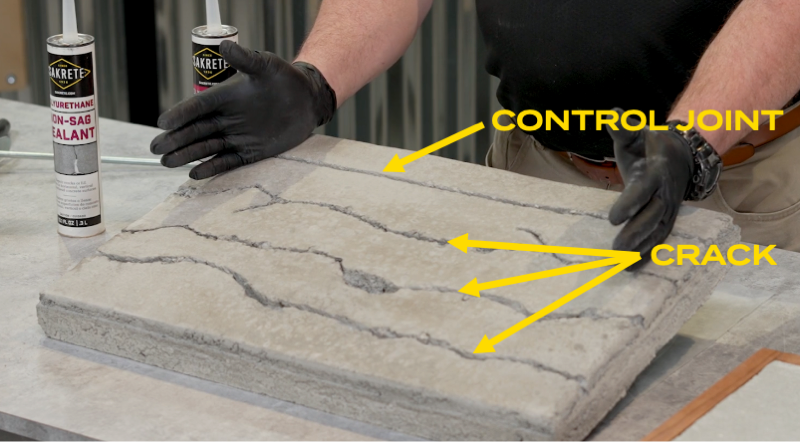
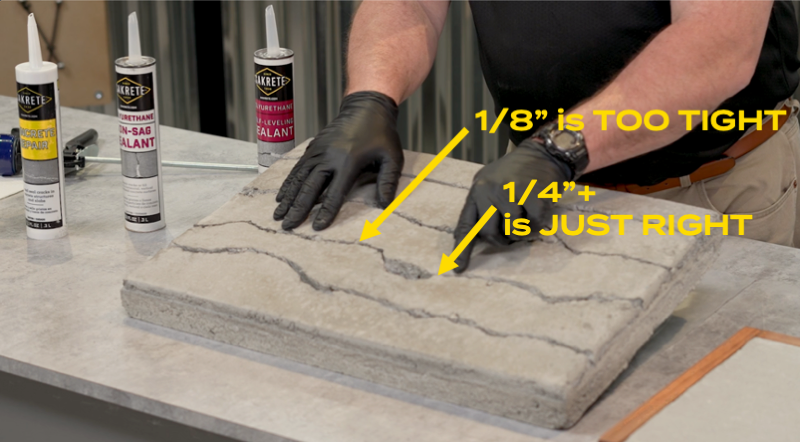
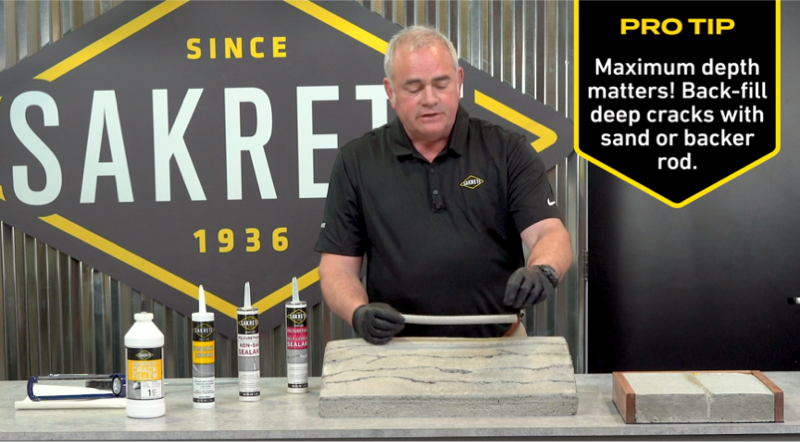
Project Tip: Use the Sakrete App to measure, estimate and purchase materials for the job straight from your phone.
All repair materials are ready to use straight out of the tube – just shake, load and apply!
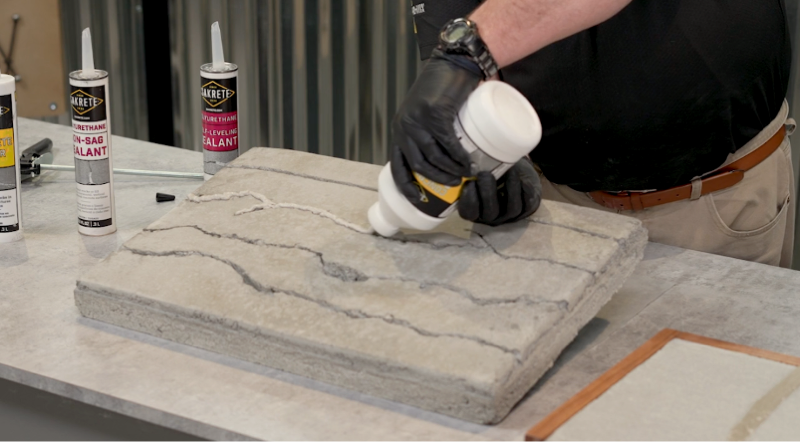
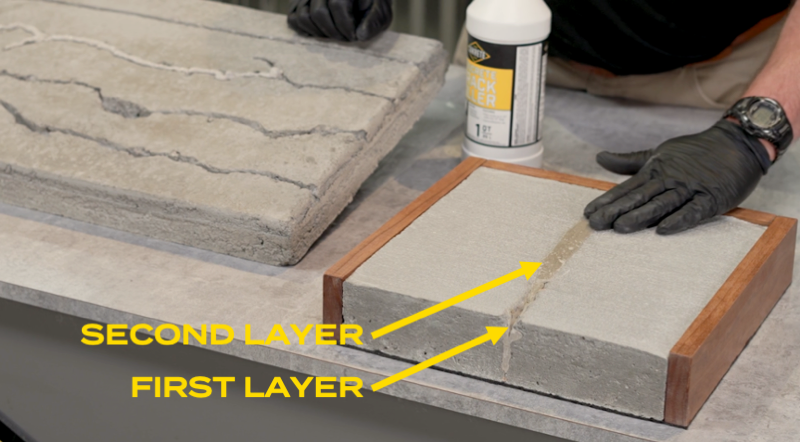
Project Tip: For best results, cracks should be inspected annually and re-sealed as necessary to maintain a good seal against moisture.
Enter An Email To Send These Results.